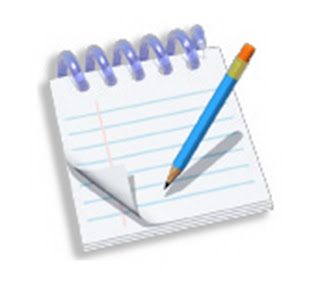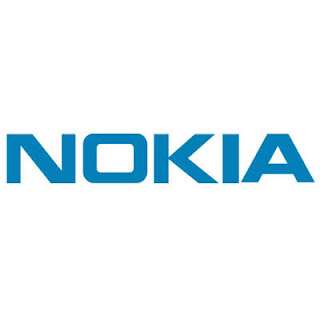Notepad Secrets
Create a log
- Open Notepad
- On the very first line, type in ".LOG" (without quotes) then press Enter for a new line
- Now you can type in some text if you want, then save the file.
- Next time when you open the file, notice its contents. Notepad automatically adds a time/date log everytime you open the file.
- Open Notepad
- On the very first line, type in "dont eat the donut" (without quotes) then save and close the file. Note: the file should have only one line of the text above.
- Now, open the same file. You'll notice the text becomes unreadable squares. (try this with different text with the same format and length).










 10:28
10:28
 don mr don
don mr don









